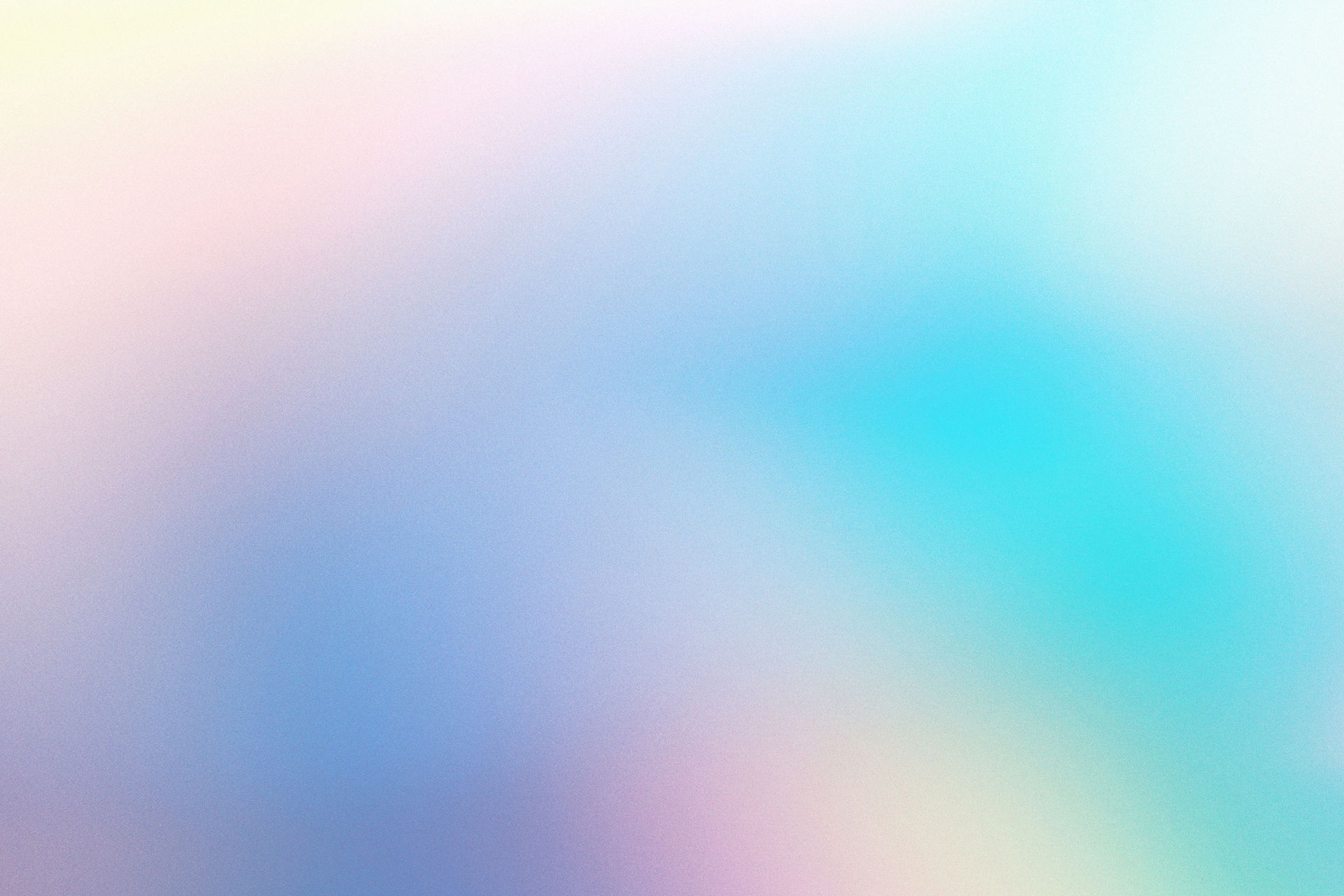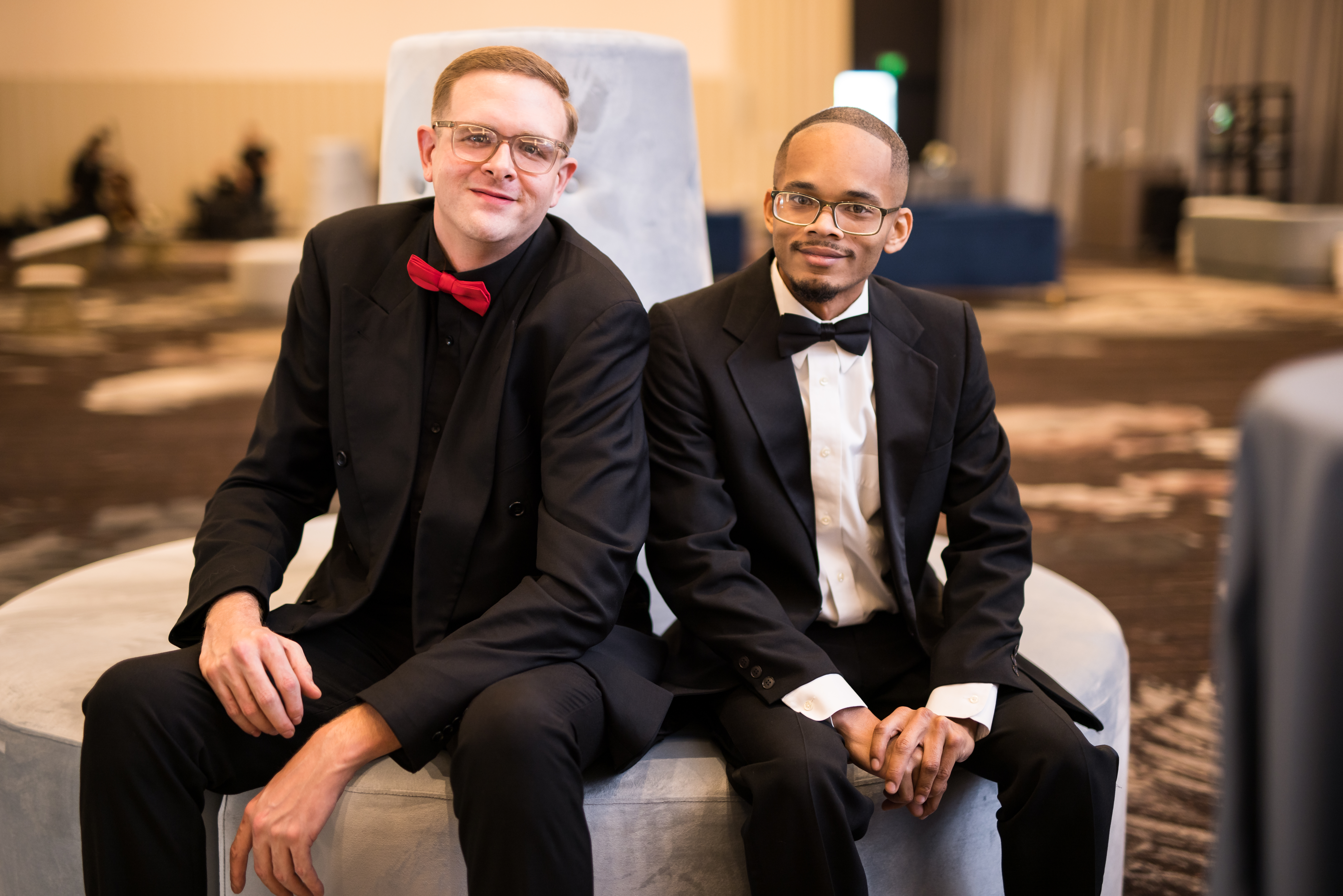🏳️🌈 Wearing the Revolution: The Legacy of the Rainbow Pride Flag
- Matt & Taz null
- Jul 31
- 1 min read
Before it became a global icon, the Rainbow Pride Flag began as an act of creative resistance and hopeful vision. In 1978, artist Gilbert Baker—at the request of Harvey Milk—stitched together a symbol that would reflect the beauty, diversity, and strength of the LGBTQ+ community.
Originally composed of eight bold stripes, each color carried meaning:
- Hot Pink for sex
- Red for life
- Orange for healing
- Yellow for sunlight
- Green for nature
- Turquoise for magic/art
- Blue for serenity
- Violet for spirit
Over time, accessibility and practicality led to the familiar six-stripe design we see today: red, orange, yellow, green, blue, and violet. Flown for the first time at San Francisco’s Gay Freedom Day Parade, the flag quickly became a rallying banner—a call for visibility, unity, and pride across the spectrum.
🧵 The Flag as Archive
At Show Pride, every item we create is rooted in the stories that shape us. The Rainbow Flag isn’t just a color palette—it’s a living archive of resilience. It’s worn to remember and to declare. To honor those who came before, and to affirm those still finding their way.
When you wear these colors, you’re wearing a revolution.
You’re wearing life, healing, joy, nature, peace, and spirit.
You’re part of the legacy.
Thank you for carrying it forward. You are seen.




Comments